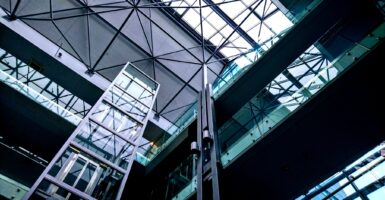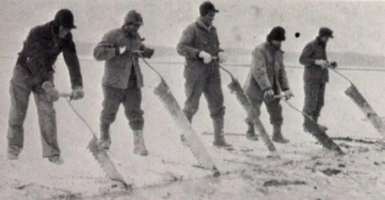20 Buildings Designed to Withstand the Harshest Environments
In a world where climate extremes become increasingly common, some structures stand as testaments to human ingenuity. These architectural marvels don’t just survive in impossible conditions – they thrive, protecting their occupants from nature’s most formidable challenges.
From the depths of Antarctica to the edge of active volcanoes, these buildings prove that with enough innovation, humans can make a home anywhere.
Halley VI Research Station
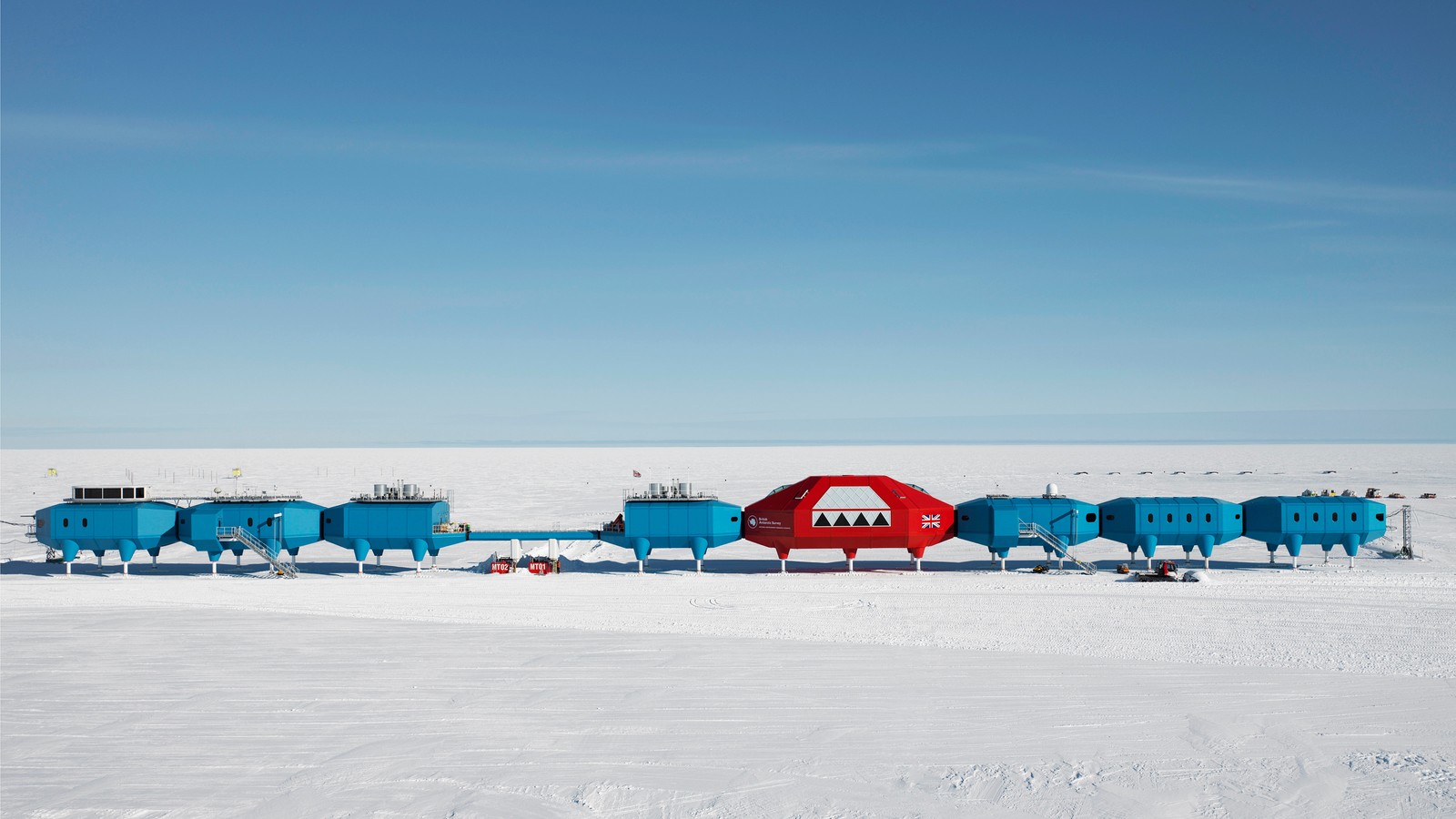
Perched on hydraulic legs that can lift and relocate the entire structure, this British Antarctic facility walks across the ice to escape being buried in snow. The modules glow blue against the endless white landscape, housing scientists in temperatures that drop below -60°C.
Engineers designed special windows that can withstand months of complete darkness while preventing precious heat from escaping. The station’s ski-based footings allow it to be towed to new locations when ice conditions become threatening.
Like Go2Tutors’s content? Follow us on MSN.
KAUST Beacon
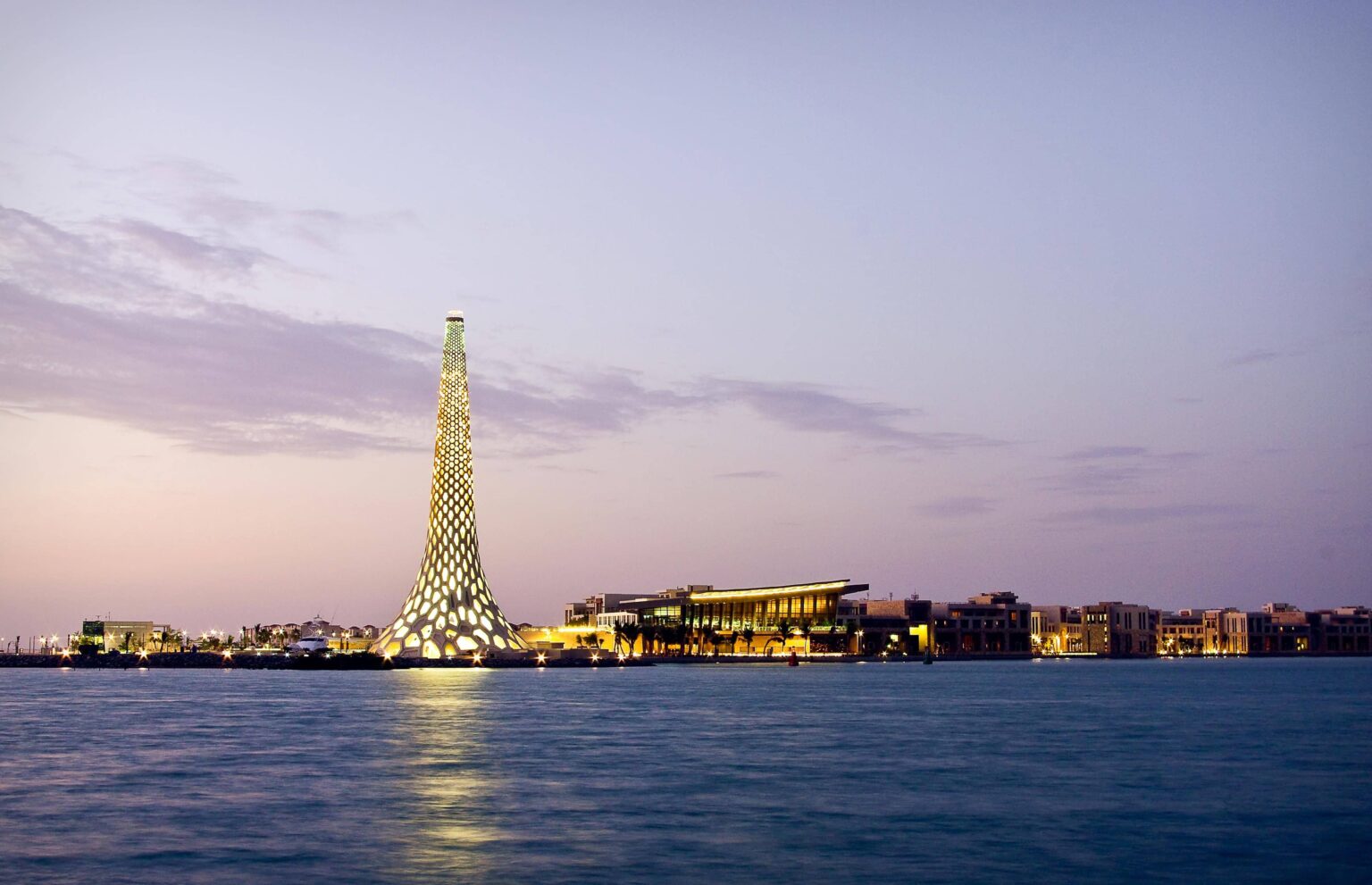
Rising from the Red Sea coast, this tower endures extreme heat, salt spray, and sandstorms while maintaining perfect internal conditions. Its outer skin consists of temperature-responsive metals that expand and contract to regulate internal temperatures.
The structure harvests moisture from sea air to support its cooling systems while using the intense desert sun to power its operations.
Global Seed Vault
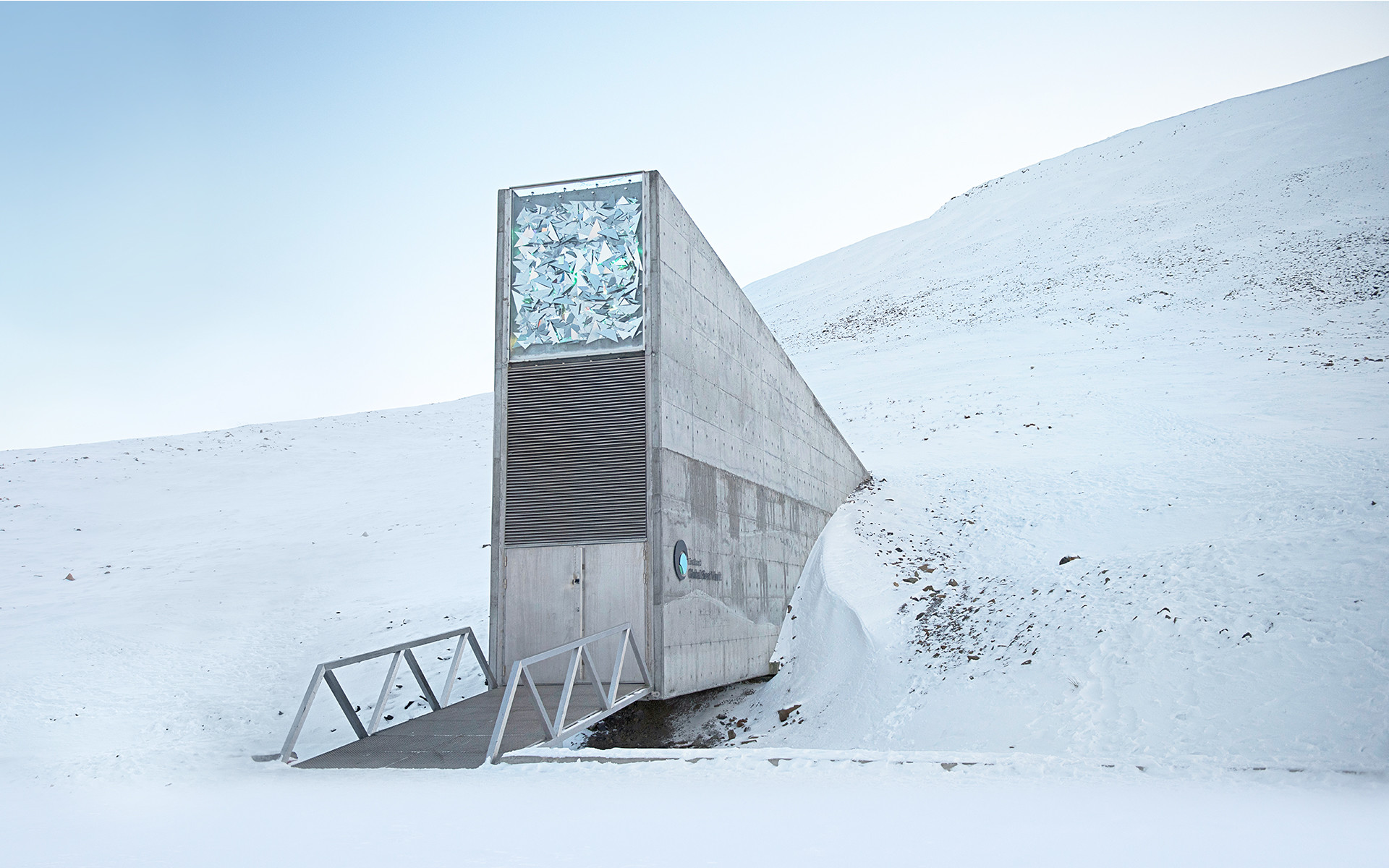
Built deep into an Arctic Mountain, this facility protects humanity’s agricultural future from both natural and artificial disasters. The vault maintains a constant temperature of -18°C even without power, thanks to the surrounding permafrost.
Its entrance tunnel slopes upward to prevent flooding even if sea levels rise dramatically. The structure’s thick concrete walls can withstand nuclear attacks while protecting millions of seed samples.
McMurdo Station
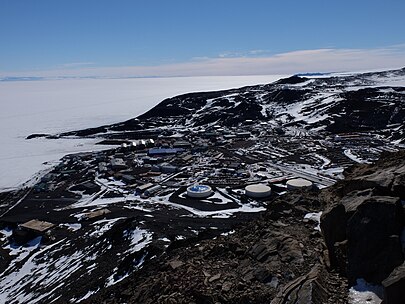
The largest facility in Antarctica operates like a self-contained city in the world’s coldest desert. Enclosed walkways interconnect its buildings to prevent exposure during -60°C winters.
The station generates its power, processes its sewage, and maintains strict protocols to prevent snow accumulation from burying its structures. Special ventilation systems prevent ice formation inside the buildings while maintaining breathable air quality.
Like Go2Tutors’s content? Follow us on MSN.
Amundsen-Scott South Pole Station
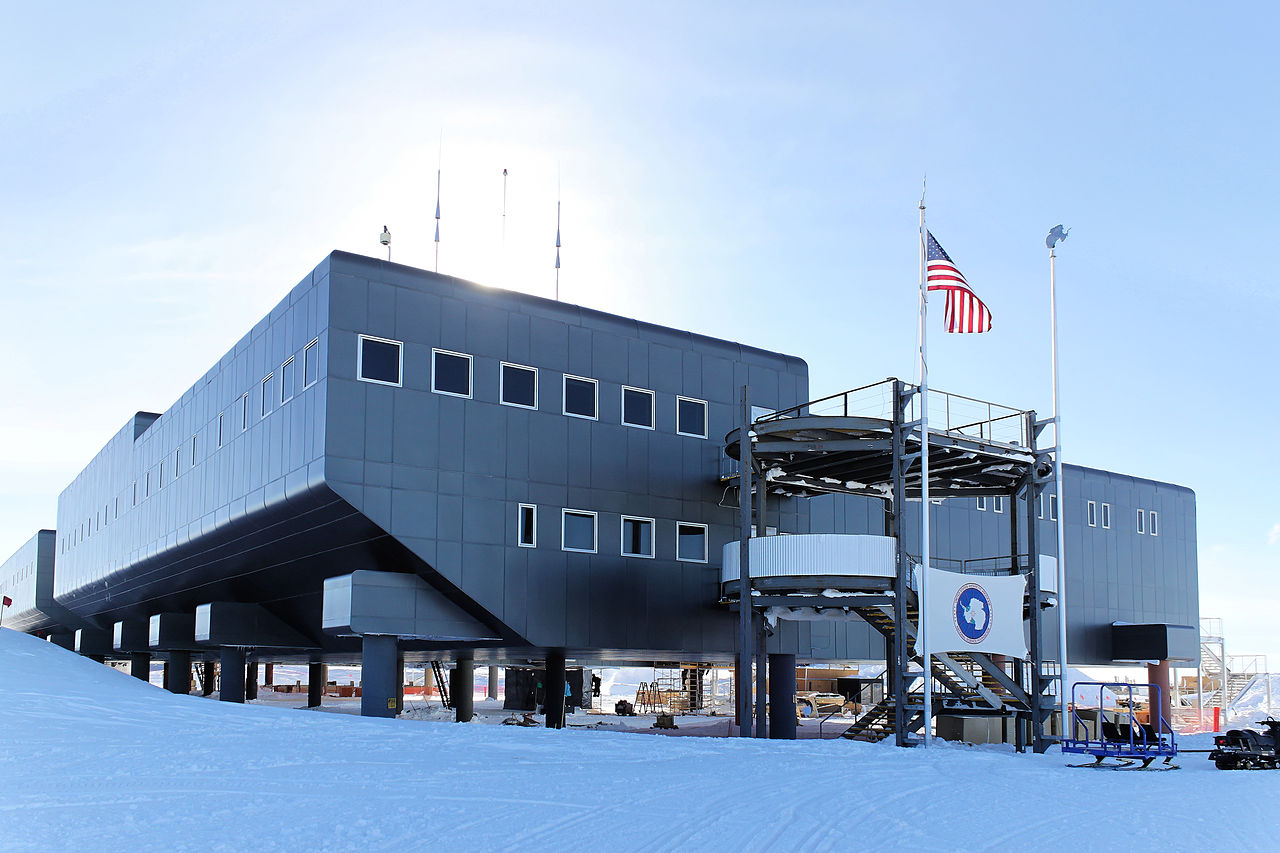
Located at the Earth’s southernmost point, this station stands on adjustable columns that can be raised to prevent burial by accumulating snow. The building’s aerodynamic shape allows bitter polar winds to pass around it rather than creating dangerous snow drifts.
Its elevated design prevents heat from the building from melting the ice beneath it, which could destabilize the entire structure.
Silo 468
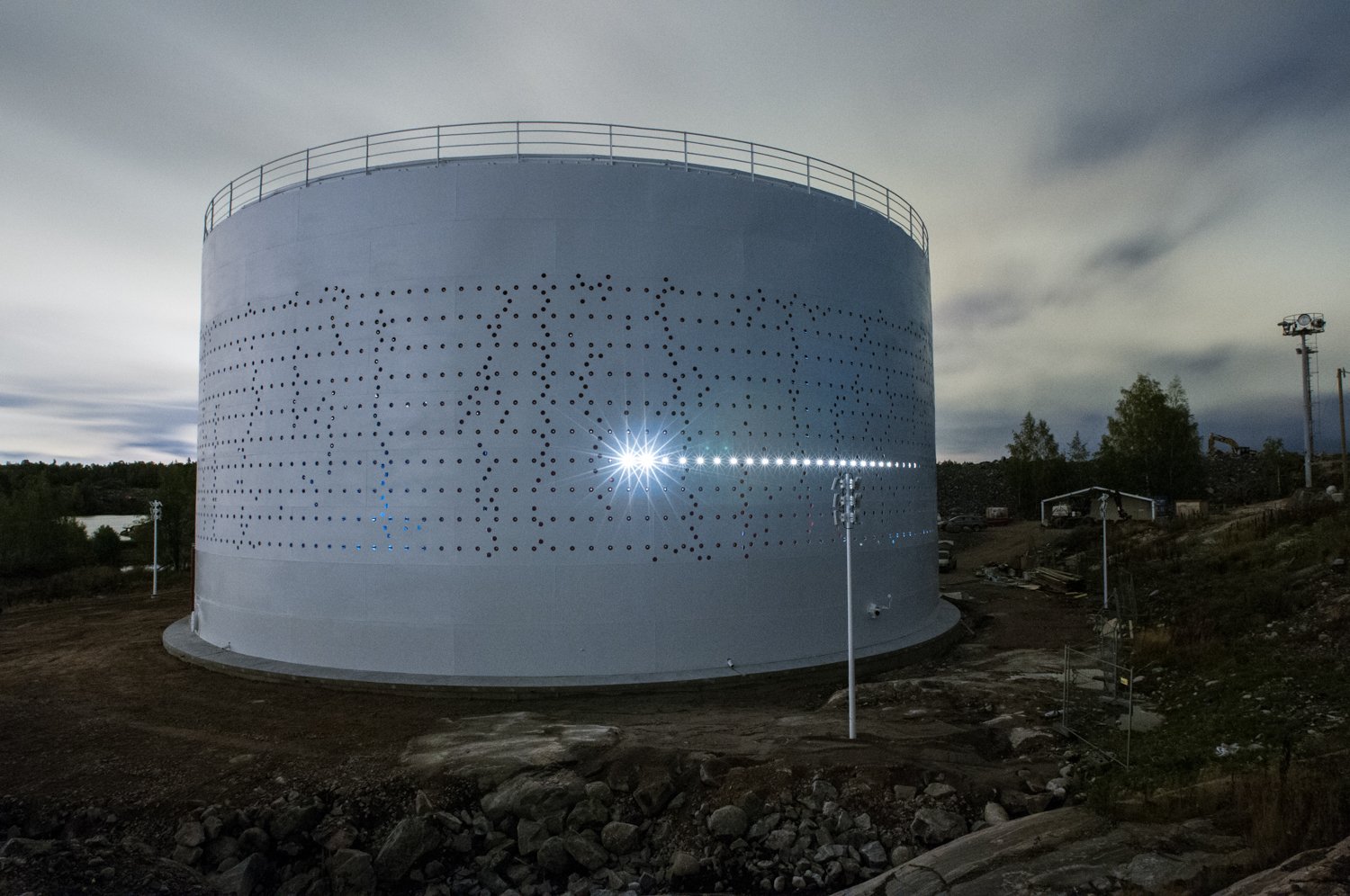
This cultural space, converted from an oil silo, withstands Baltic storms while creating art from harsh weather. Its perforated steel walls turn wind into whistling music while dispersing storm forces that would damage conventional buildings.
The structure’s circular design deflects powerful gusts while its foundation anchors deep into the bedrock to resist storm surge forces.
ESO Paranal Observatory
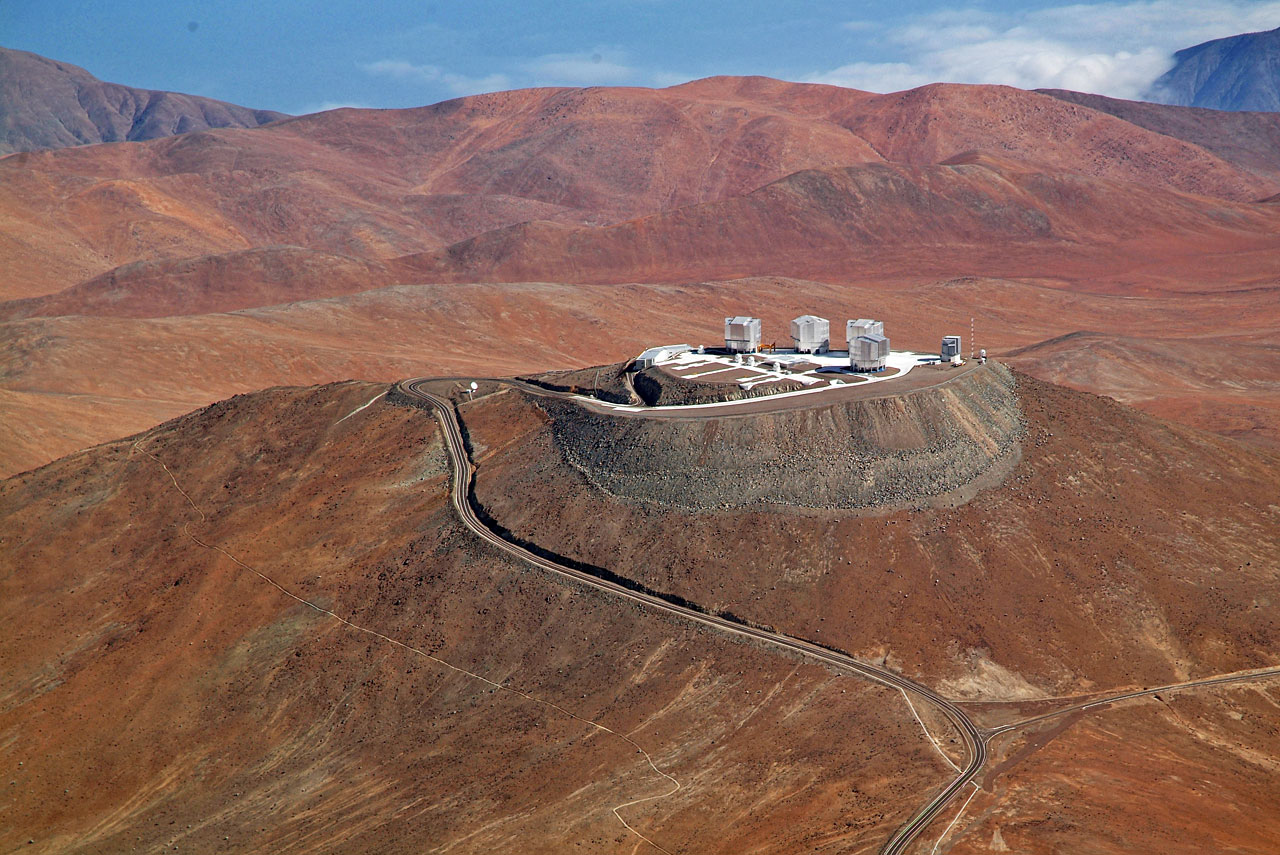
Built in the world’s driest desert, this center manages extreme temperature fluctuations without conventional climate control. Its rammed earth walls naturally regulate temperature while withstanding sand-laden winds.
The structure harvests rare fog through special mesh collectors, providing water for its operations in a place where rain falls once per decade.
Like Go2Tutors’s content? Follow us on MSN.
Kunsthaus Graz
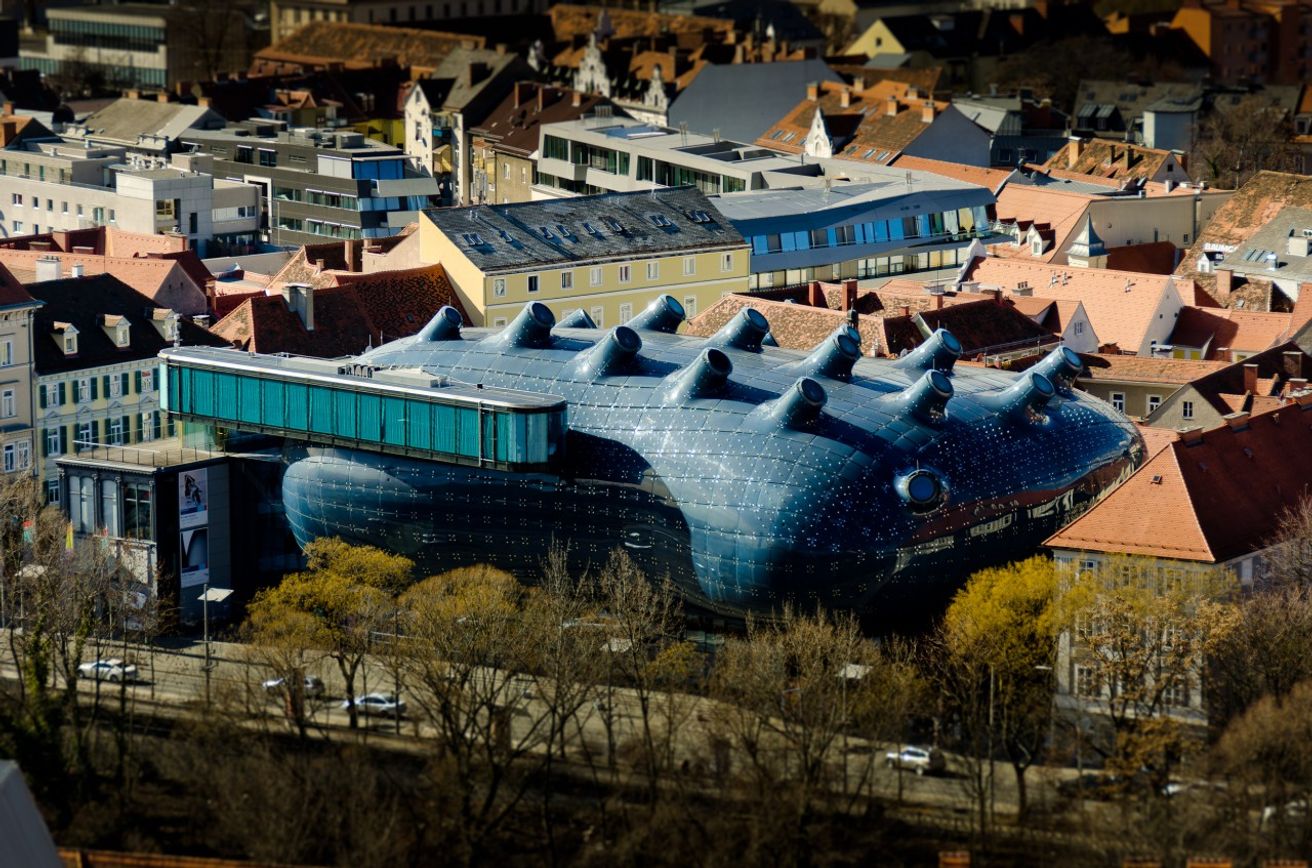
This museum’s biomorphic skin adapts to varying weather conditions while maintaining stable internal environments. Its external nozzles can open and close automatically to regulate temperature and airflow.
The building’s unique shape channels Alpine winds around its structure rather than creating dangerous pressure points.
Mercury City Tower
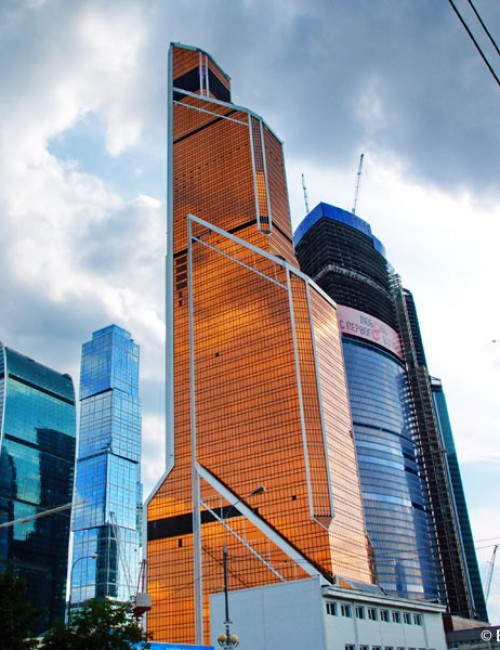
Designed to withstand Russia’s harshest winters, this structure uses multiple glass layers with vacuum spaces between them to provide insulation while maintaining transparency. Its crystalline form breaks up winter winds while its surface collects and channels snowmelt for use in building operations.
The structure’s base contains heating elements that prevent ice formation around critical foundation points.
Arg-e Bam
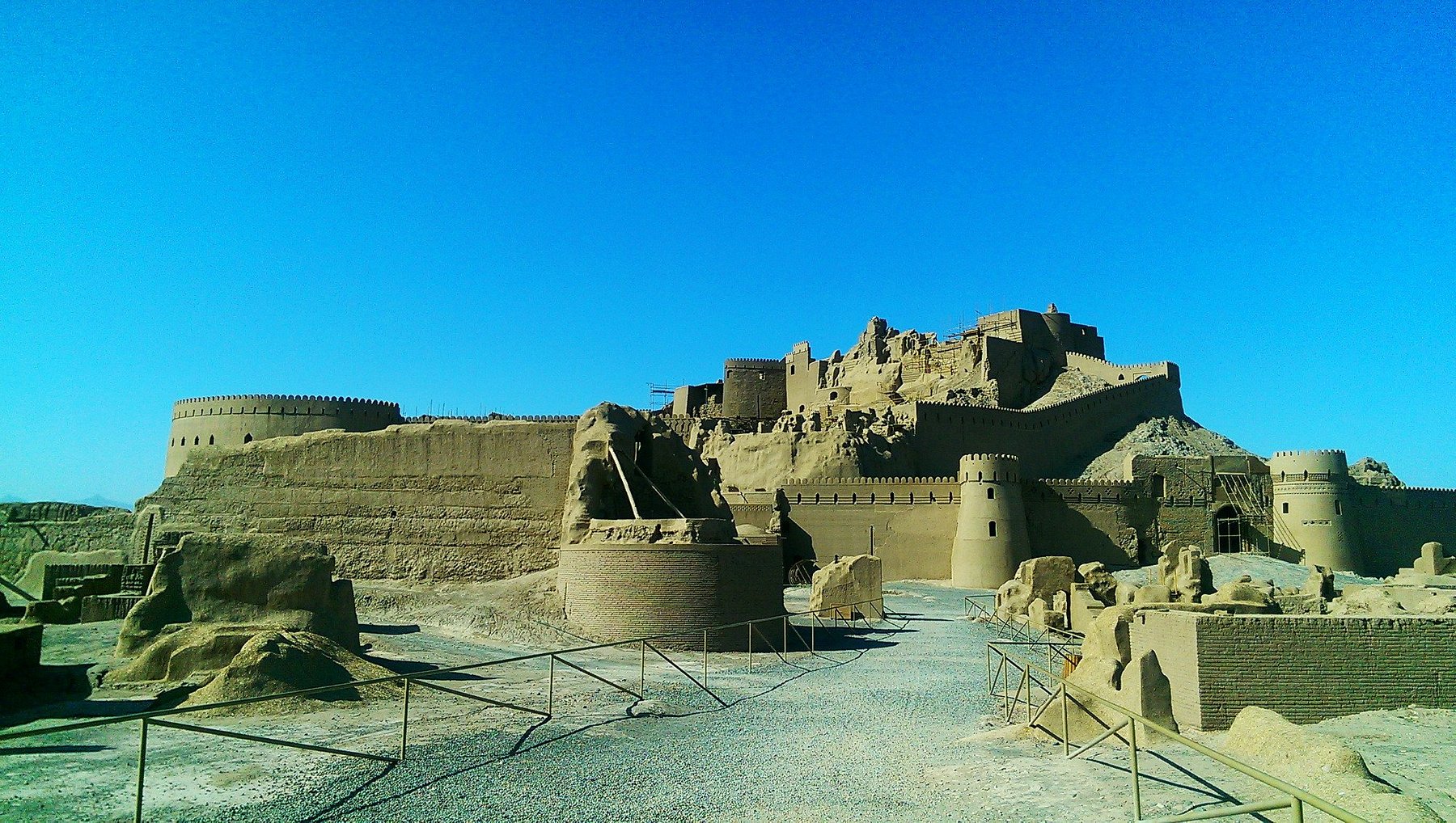
Rebuilt after an earthquake using modern engineering while maintaining ancient Persian design principles, this structure withstands extreme desert conditions. Its thick adobe walls naturally regulate temperature while resisting sandstorms.
The building’s intricate ventilation system creates natural cooling through wind towers and underground channels.
Like Go2Tutors’s content? Follow us on MSN.
Swiss Fort Knox
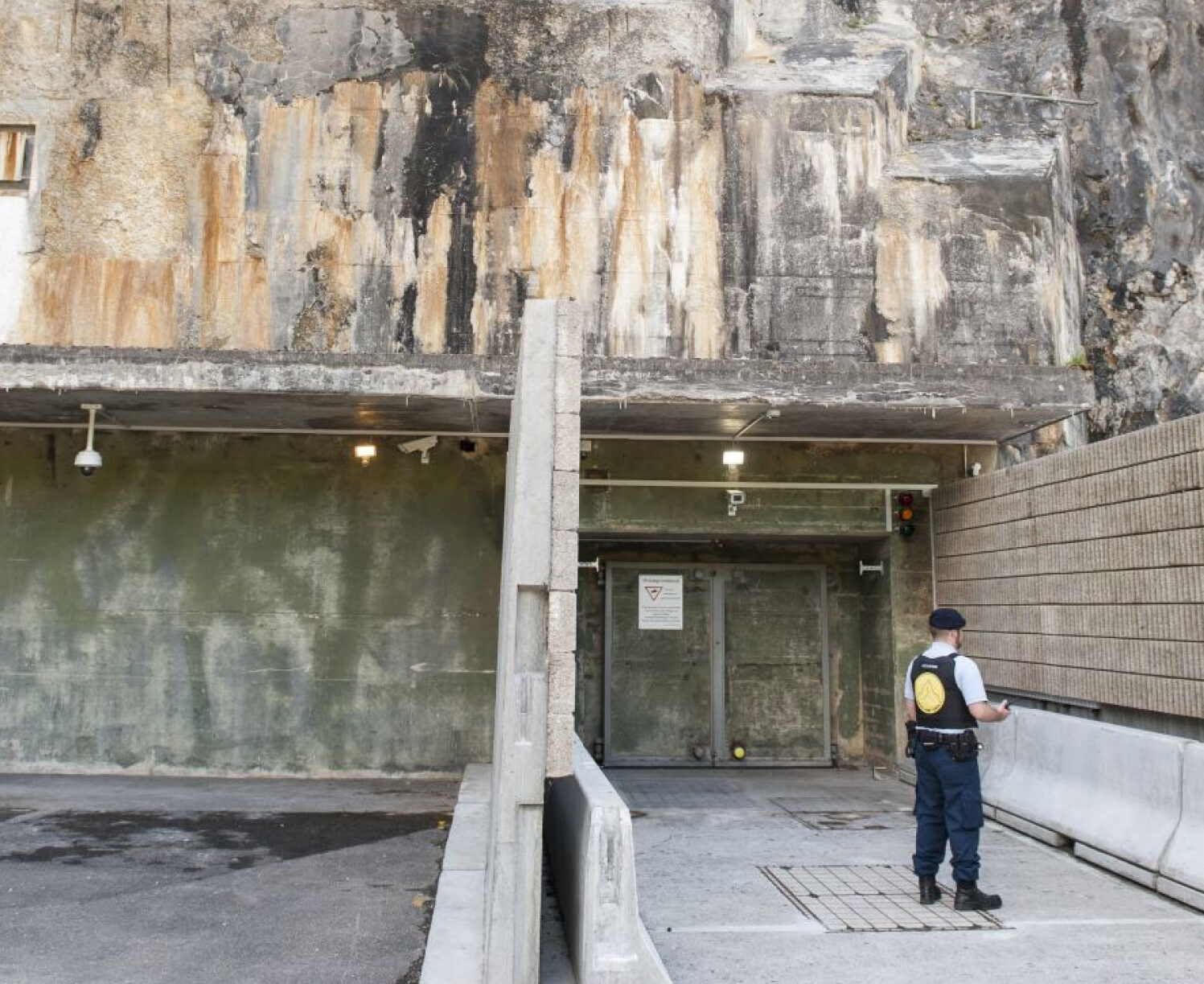
Built into the Alps, this data center withstands everything from avalanches to electromagnetic pulses. Its entrance uses blast doors like those in nuclear submarines.
The facility maintains perfect humidity and temperature for servers using mountain spring water for cooling while using the rock itself as natural radiation shielding.
Sekisui House
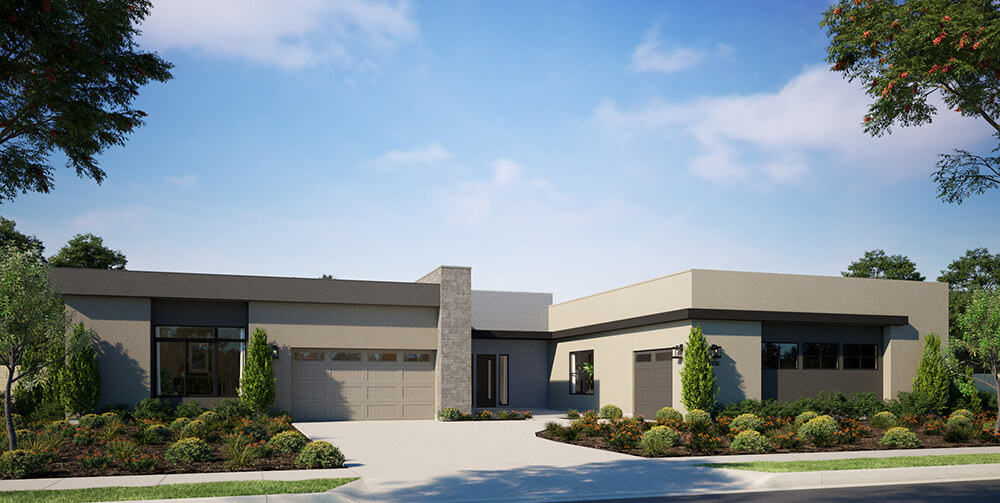
This residential design, engineered to withstand Category 5 typhoons, employs aerodynamic principles from aircraft design. Its windows use special laminated glass that flexes rather than breaks under extreme pressure.
The roof attaches to the foundation with continuous steel cables running through the walls, making the entire structure act as a single unit during storms.
Permafrost Research Station
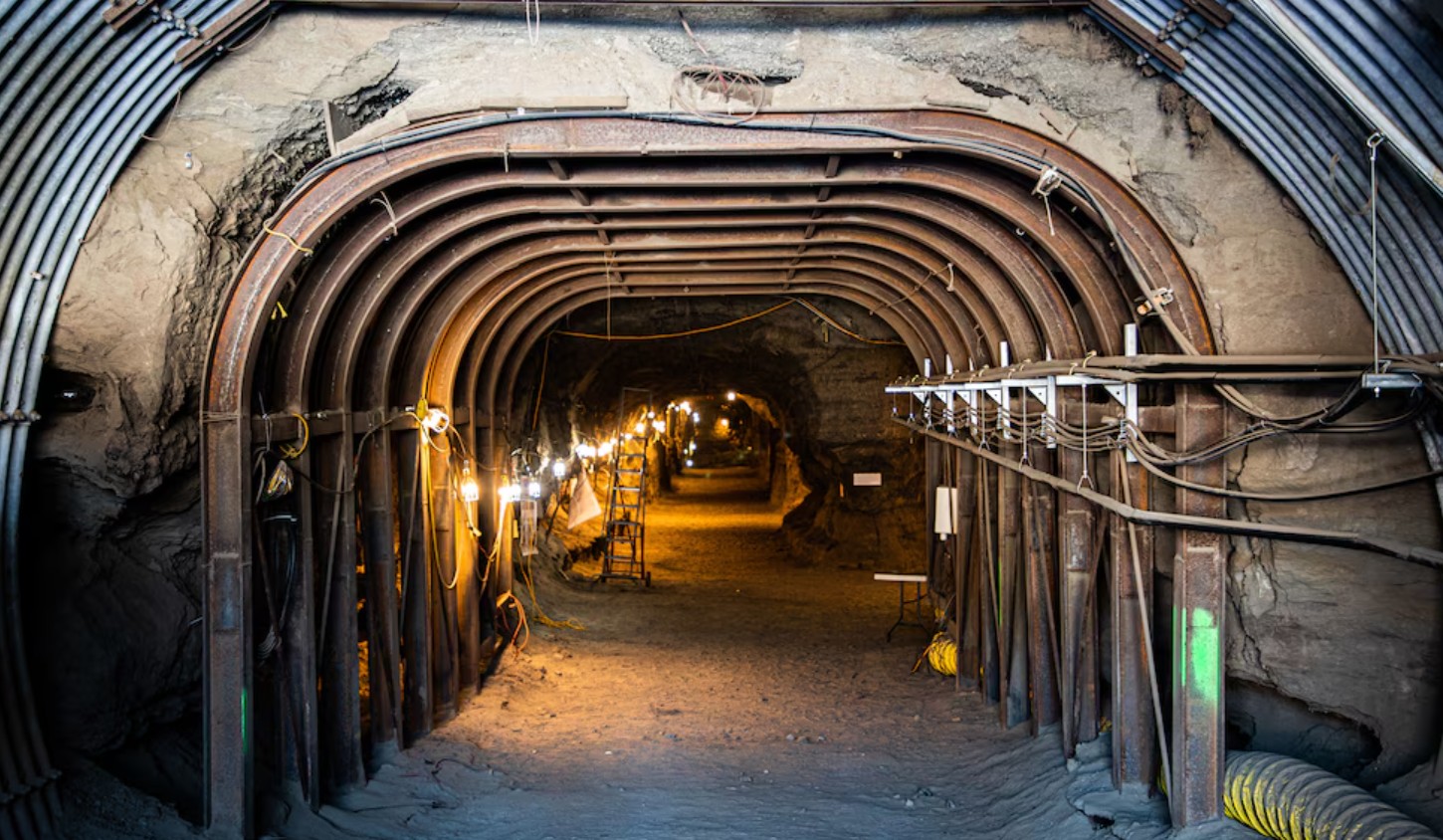
Built to study melting permafrost, this facility uses frozen ground as part of its structural support system. Special thermal siphons prevent the building’s heat from melting its foundation.
The structure can adjust its position as the ground beneath it shifts during seasonal changes.
Like Go2Tutors’s content? Follow us on MSN.
Tehachapi Wind Farm Control Center
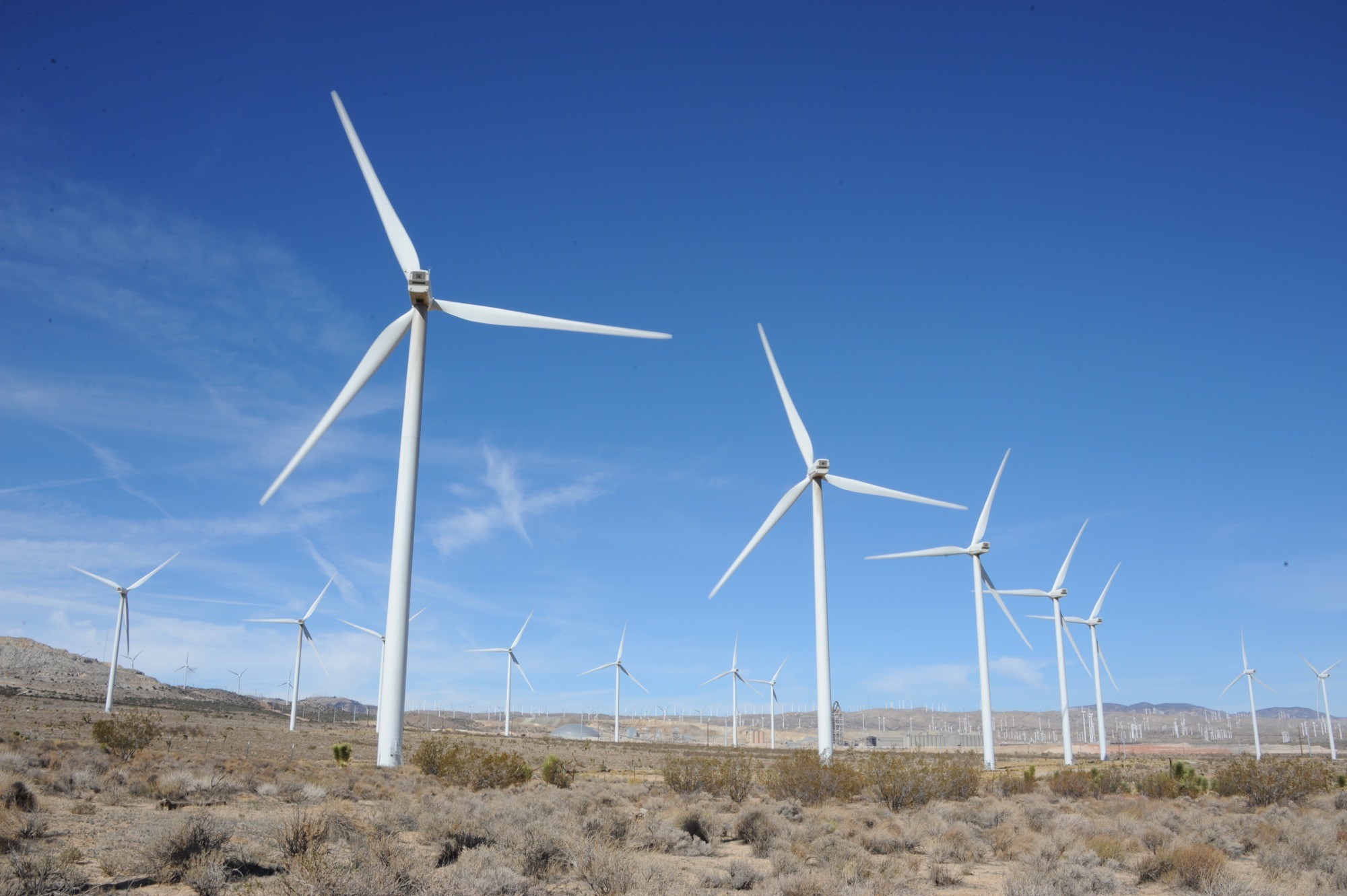
Designed for one of America’s windiest cities, this structure channels rather than fights desert winds. Its curved walls reduce sand accumulation while special filters prevent dust infiltration.
The building harvests wind energy and uses it to create natural cooling effects through specially designed pressure zones.
Masdar City Buildings
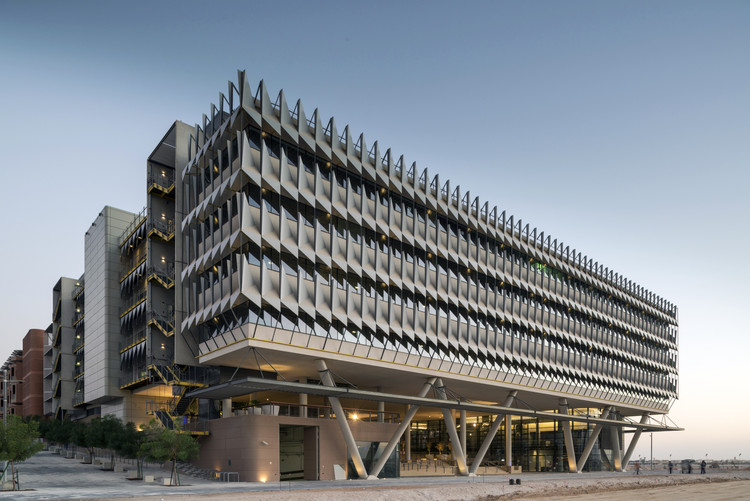
These structures employ ancient Arabic design principles with modern technology to combat extreme desert heat. Their walls include heat-responsive materials that adjust their properties based on temperature.
The buildings’ positioning creates wind corridors that generate natural cooling effects while reducing sand accumulation.
ICEHOTEL
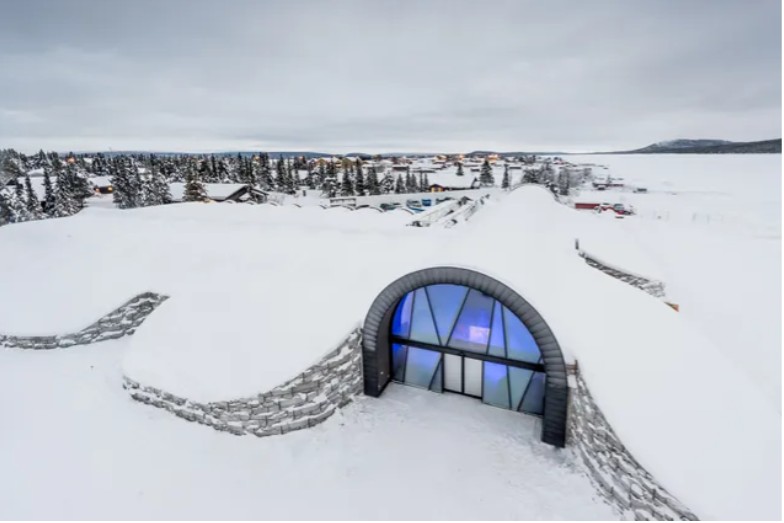
Rebuilt every winter, this hotel employs architectural techniques that keep ice stable in varied conditions. Its structure uses snow’s natural insulating properties while maintaining precise humidity levels to prevent unwanted melting.
Special ventilation systems prevent the formation of dangerous ice crystals while maintaining structural integrity.
Like Go2Tutors’s content? Follow us on MSN.
Summit Station
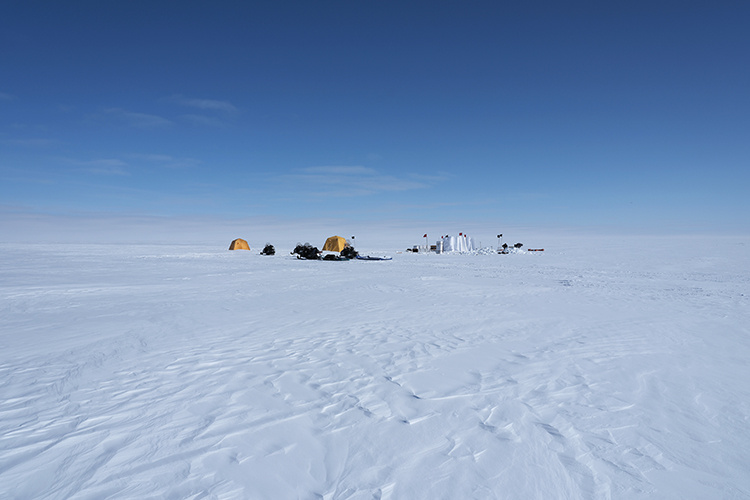
Positioned atop two miles of ice, this research station adapts to constantly moving foundations. Its modular design allows for quick repairs during the brief summer season.
The building employs special foundations that can adjust to changing ice conditions while preventing heat transfer that could destabilize its base.
Hawaiian Volcano Observatory
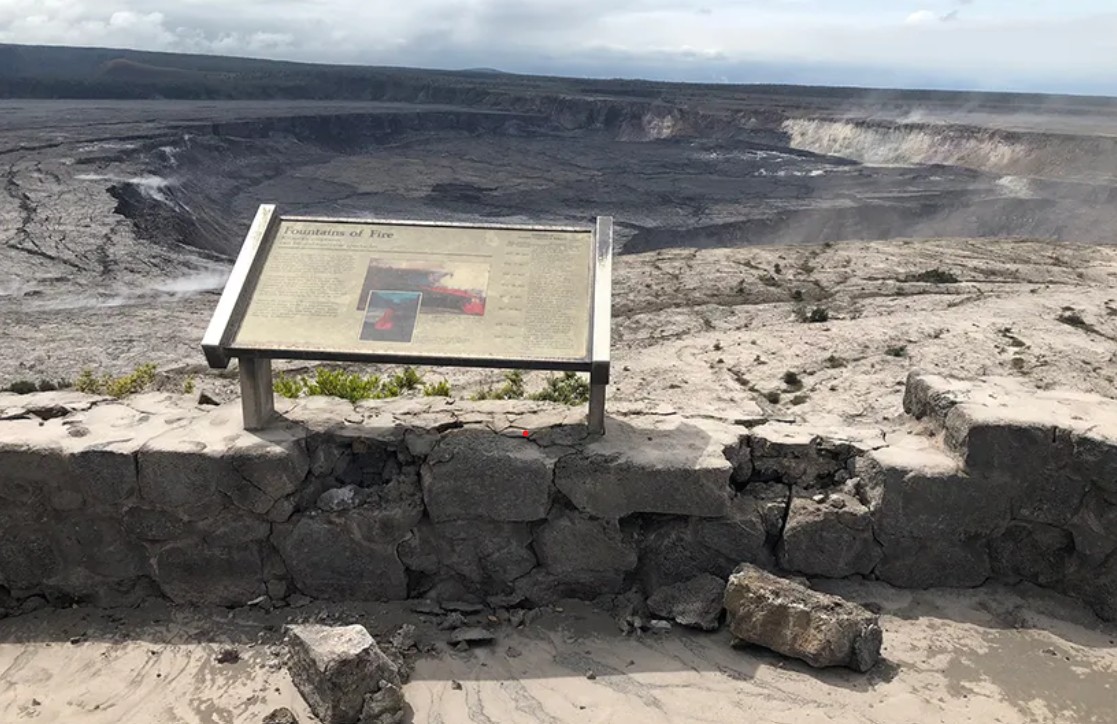
Built near active volcanic sites, this facility withstands extreme heat, corrosive gases, and seismic activity. Its air filtration system removes toxic volcanic gases while maintaining positive internal pressure.
The building’s foundation includes special shock absorbers that dissipate seismic energy from volcanic activity.
Nevada National Security Site
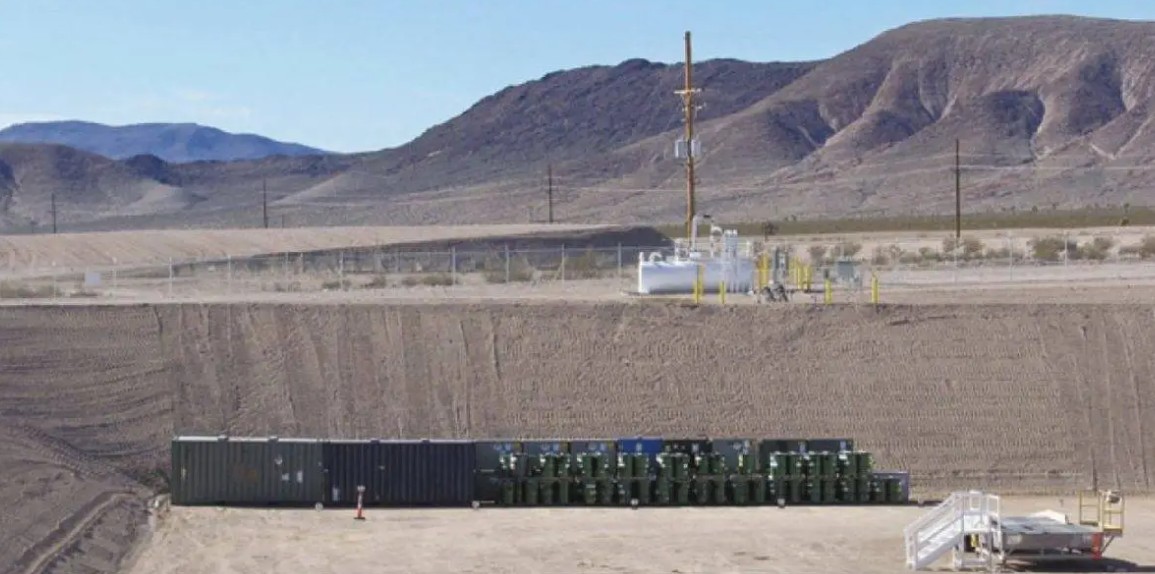
This facility endures extreme temperature swings while maintaining precise internal conditions for sensitive research. Its exterior employs special reflective materials that change properties based on sun exposure.
The building’s design creates pressure differentials that prevent dust infiltration during storms while generating natural cooling effects.
Like Go2Tutors’s content? Follow us on MSN.
Arctic World Archive
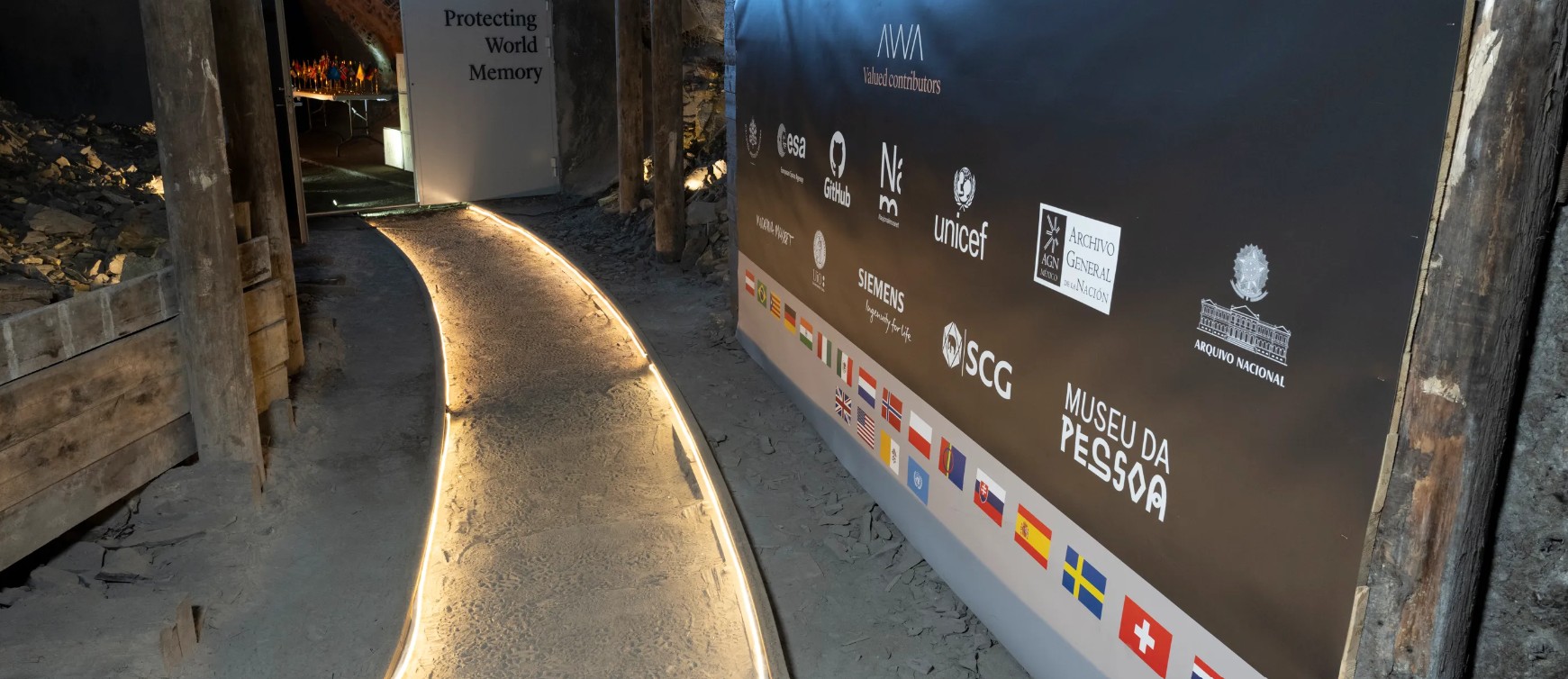
Carved into a mountain above the Arctic Circle, this facility protects the world’s digital heritage from both natural and human-made disasters. Its fortified structure maintains a constant temperature and humidity without external power, using the natural cooling properties of the surrounding rock.
The facility’s entrance includes an underwater tunnel system that prevents unauthorized access while allowing seawater to act as a natural radiation shield. Special electromagnetic shielding protects sensitive data storage from solar storms and other atmospheric disturbances, while geothermal energy provides sustainable power for its operations.
Building for an Extreme Future
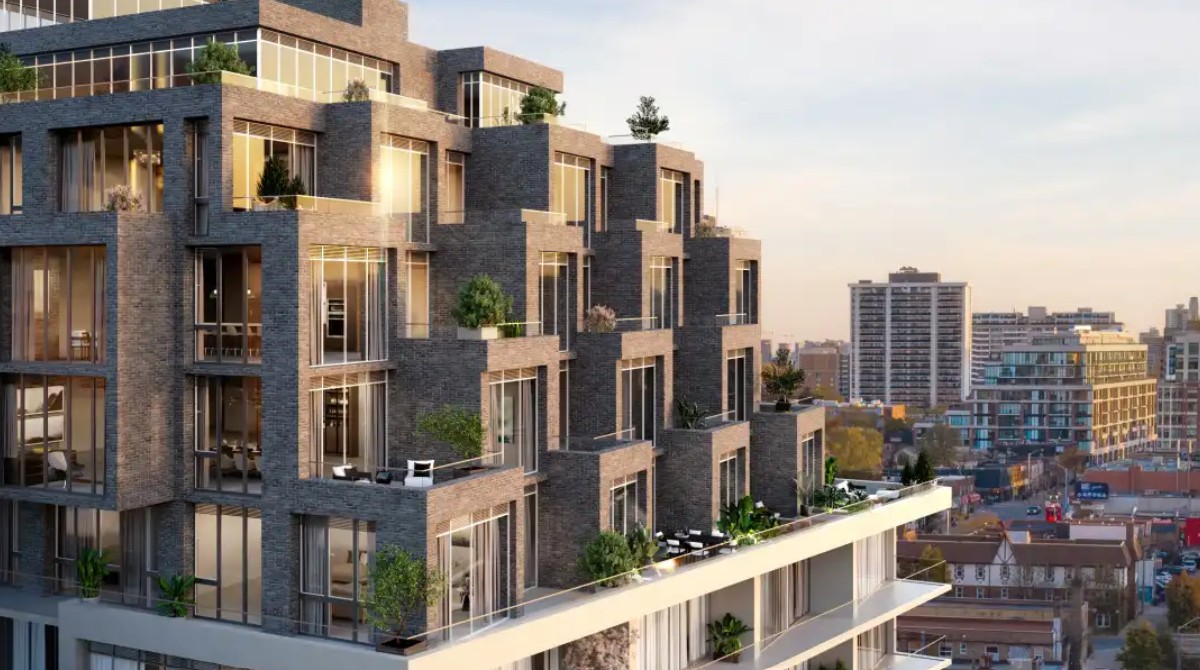
As our climate continues to change, these architectural innovations point the way toward resilient design. Modern buildings increasingly incorporate lessons learned from these extreme environment pioneers.
While we can’t control nature’s forces, these structures prove we can adapt to them with ingenuity and determination. Their designs remind us that the most challenging conditions often inspire the most innovative solutions.
More from Go2Tutors!

- Famous Battles: How Much Do You Really Know About U.S. History?
- Top 5 Most Important Skills, According To Harvard Business School
- How Well Do You Know 90s Pop Culture? Take the Quiz
- Master the Art of Public Speaking with These Expert Tips
- Think You Know Capitals? Put Your Knowledge to the Test
Like Go2Tutors’s content? Follow us on MSN.
